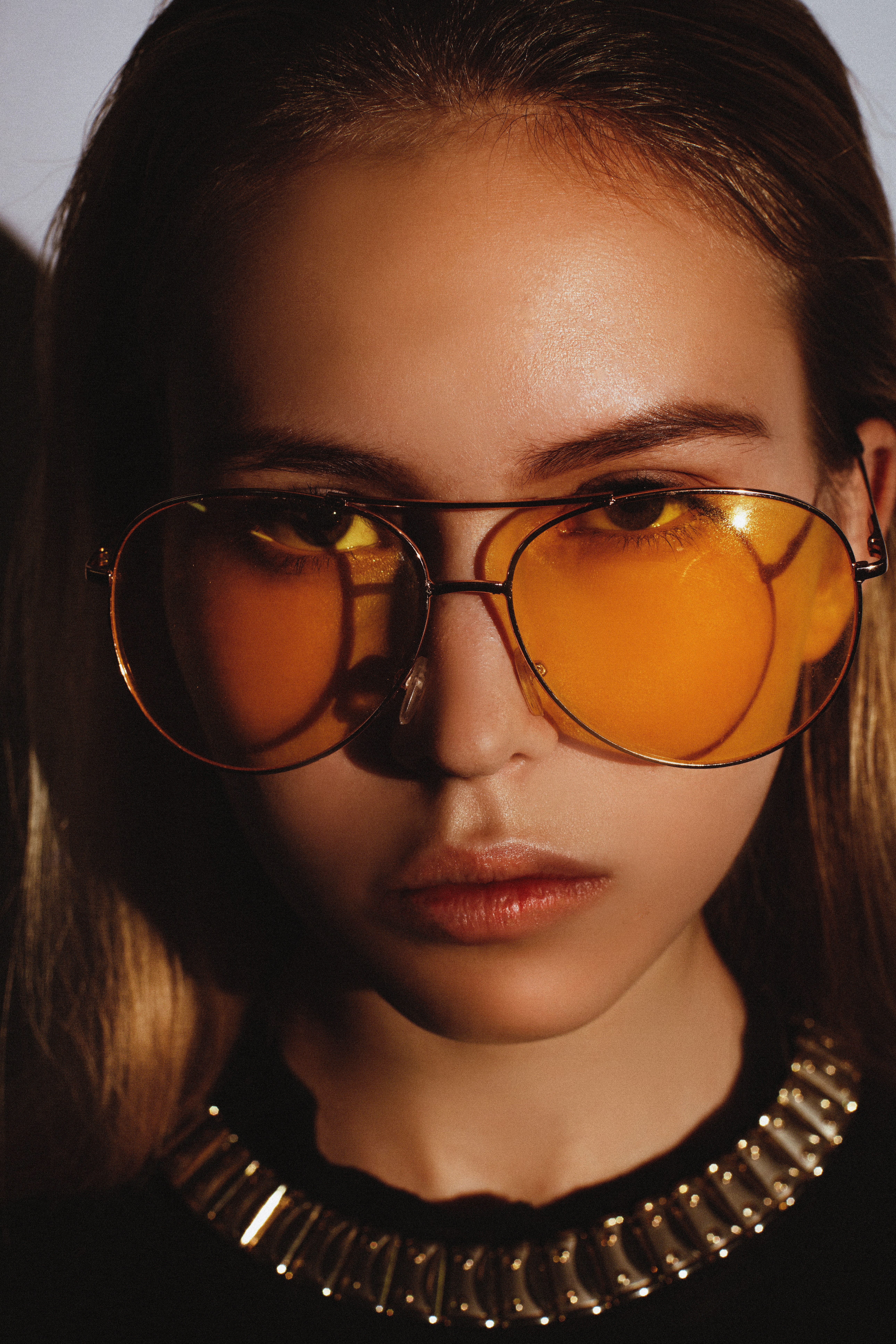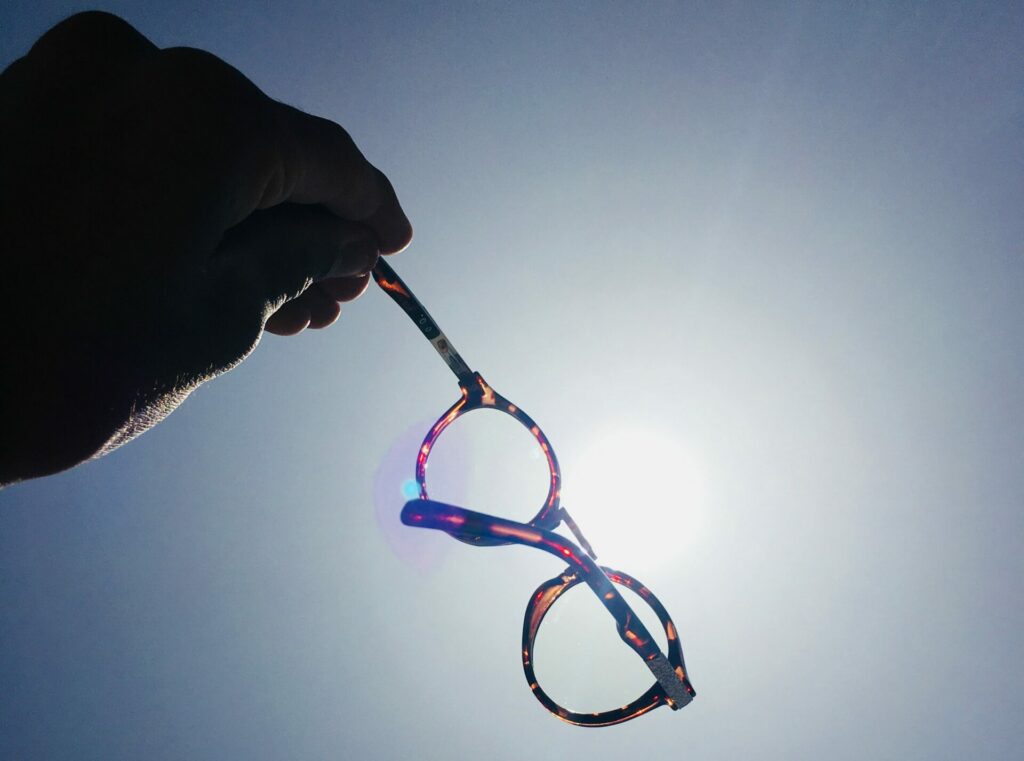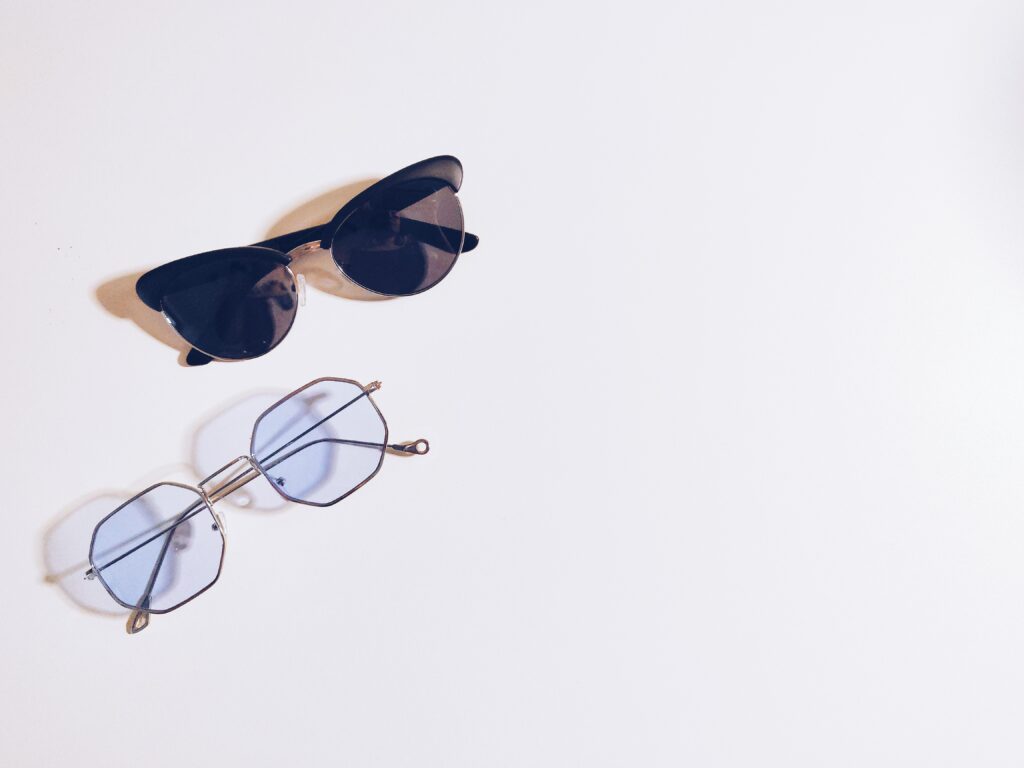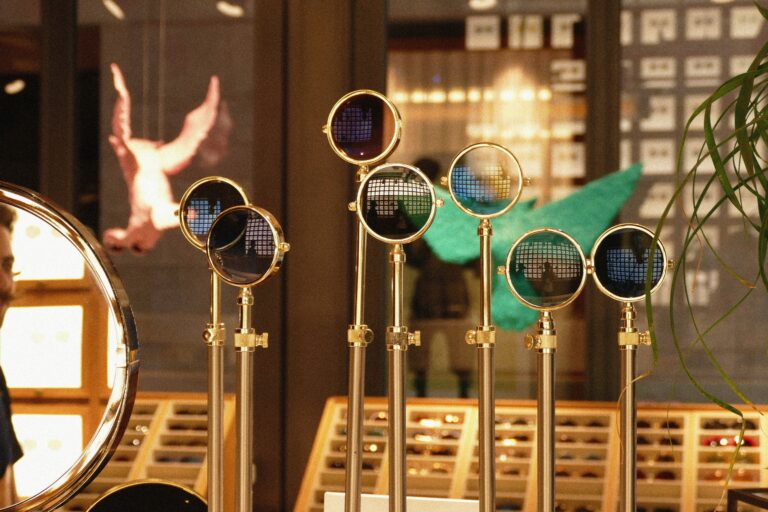The Ultimate Guide to Selecting Polarized Sunglasses for Women and Men
In the last blog, Why Polarized Lenses Are a Must-Have for Outdoor Enthusiasts, we have known the importance and application of polarized sunglasses for women and men. However, some fans asked Alamode how to select polarized sunglasses for women and men. Now, Alamode gives you the ultimate guide for selecting polarized sunglasses. After reading, you will know what you want.
Determine Your Face Shape
- Determining your face shape can be done by following these general steps:
- Stand in front of a mirror and pull your hair back away from your face.
- Take note of the widest part of your face.
- Measure the length and width of your face with a tape measure or ruler.
- Compare your measurements to the following face shape categories:
- Oval: The length of the face is greater than the width, and the forehead is slightly wider than the jawline.
Almost but rectangular or square frames can help add structure to the face.
- Round: The width and length of the face are almost equal, and the jawline is soft and rounded.
Angular frames like rectangular or square shapes can balance out the softness of a round face.
- Square: The length, width, and jawline are almost equal, and the forehead is wide.
Round or oval frames can help soften the angles of a square face, while cat-eye frames can also add a touch of femininity.
- Heart: The forehead is wider than the jawline, and the chin is pointed.
Frames that are wider at the bottom, such as cat-eye or aviator styles, can help balance the narrower chin of a heart-shaped face.
- Diamond: The cheekbones are the widest part of the face, and the forehead and jawline are narrow.
Rimless or oval frames can complement the wide cheekbones and narrow forehead and jawline of a diamond-shaped face.
- Triangle: The jawline is wider than the forehead, and the chin is pointed.
Clubmaster or browline frames are good options.
Complex? Don’t worry! Click Alamode, and the “try-on” function can help all customers with kinds of face shapes. Oval, round, square, and more!
Consider the Frame Material
- Metal Frames: durable, lightweight, and corrosion-resistant, but more expensive than other materials
- Acetate Frames: lightweight, hypoallergenic, and available in a wide range of colors and patterns, but less durable than metal frames and can be more prone to breaking if dropped
- TR-90 Frames: lightweight, flexible, and durable; resistant to heat and cold and can bend without breaking
- Titanium Frames: strong, lightweight, and corrosion-resistant; a good option for individuals with sensitive skin or those who need a durable, long-lasting frame.
The ideal frame material for you will ultimately rely on your particular preferences, way of life, and financial situation. Choose the material that best suits your needs and preferences after carefully weighing the advantages of each.
Choose the Right Frame Color
- Think about your skin tone: A frame’s color should be chosen after your skin tone has been established. Your skin will appear yellow or golden if you have warm undertones. Your skin will seem pink or blue if you have cold undertones.
- Think about your hair color: Your hair color can influence which frame color best accentuates your features. If you have light hair, such as gray or blonde, think about getting lighter-colored frames. Think about wearing glasses in deeper colors if you have dark hair, such as black or brown.
- Consider your eye color: Your eye color can also play a role in determining which frame color will complement your features. For example, if you have blue eyes, consider frames in shades of blue, gray, or green.

Select the Proper Lens Color
Depending on the lighting, selecting the proper lens color for your glasses can significantly improve your vision and the way you see. Here are some pointers for deciding which lens color to use depending on the lighting:
- Bright sunlight: If you spend a lot of time outdoors in the sun, think about purchasing lenses with a darker tint, like gray, brown, or green. These hues are fantastic for lowering glare and brightness and shielding your eyes from UV rays.
- Overcast or cloudy days: Consider lenses with a lighter tint, like yellow or amber, on cloudy or overcast days. It is easier to see in low light thanks to the brightening and contrast-enhancing effects of these colors.
- Indoor lighting: For indoor activities or low-light conditions, consider clear or lightly tinted lenses. These lenses are ideal for enhancing visual clarity and reducing eye strain.
- Mixed lighting conditions: For activities that involve mixed lighting conditions, such as hiking or biking, consider lenses with a photochromic tint. These lenses automatically adjust to changing light conditions and darken in bright sunlight and lighten in low-light conditions.
Summary of Polarized Sunglasses for Women
All in all, selecting polarized sunglasses depends on several aspects, such as your appearance and preference. You should choose on your own terms. If you are still confused and don’t know the actual result, Alamode will provide the “try-on” function on every detail page. Click here, Alamode is always here for your glasses options.






